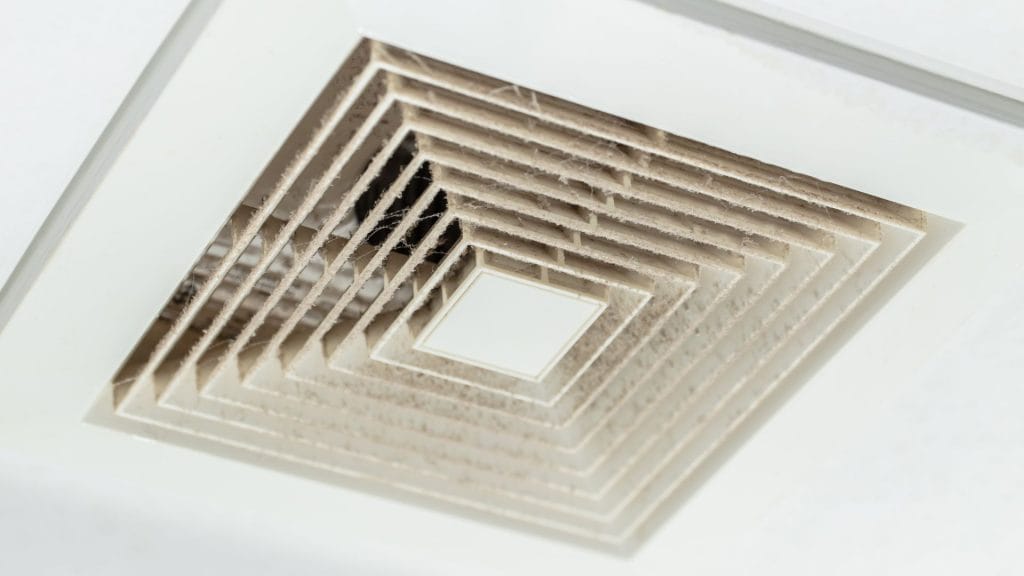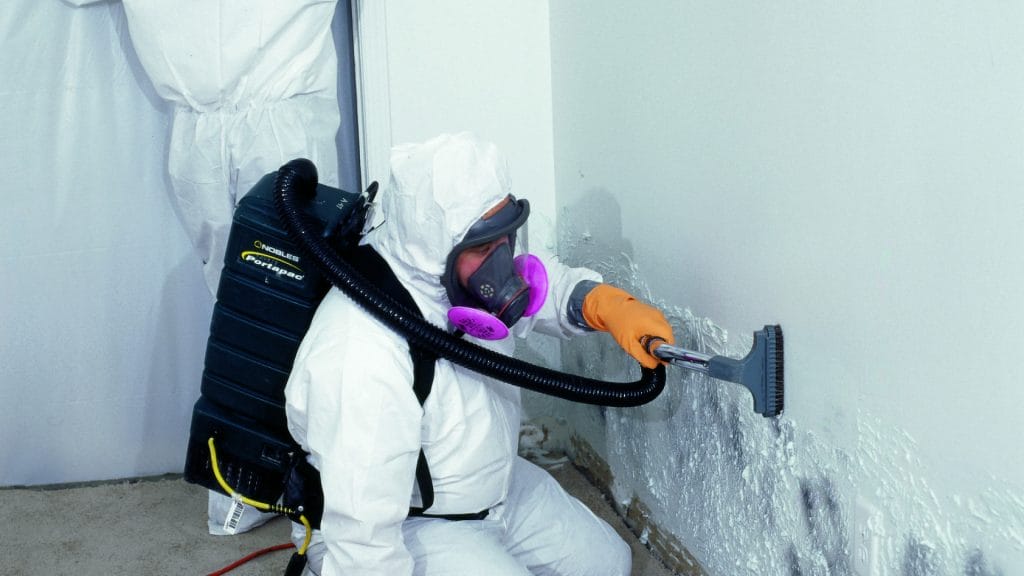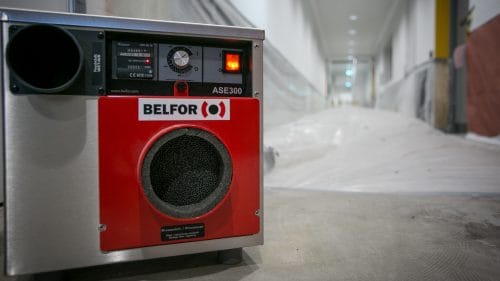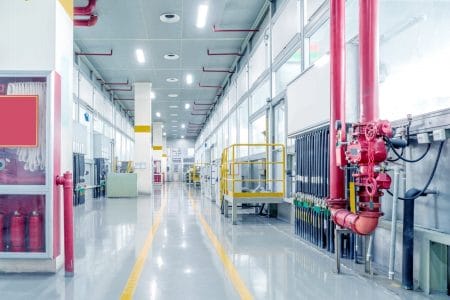Why You Shouldn’t Ignore Musty Smells in Your Office or Facility

Key Takeaways
- A persistent musty smell is often a warning sign of hidden moisture or microbial growth, which can escalate into serious health and infrastructure issues if left unaddressed.
- HVAC systems can unintentionally spread contaminants throughout a facility, especially if they are not regularly maintained or inspected.
- Poor indoor air quality can negatively impact employee well-being and productivity due to the increase in the rate of absenteeism.
- Early investigation and professional remediation are essential to prevent long-term damage, operational disruption, and costly repairs.
Introduction
A musty smell in office environments is often dismissed as a minor inconvenience. Yet, in many cases, it is an early sign of deeper issues within the office, such as moisture ingress, mould growth, or ventilation system failures. These problems may remain hidden but can quietly undermine air quality, damage infrastructure, and affect employee well-being.
For businesses managing commercial or industrial premises, overlooking such signs can lead to significant consequences. Health complaints, reduced productivity, increased absenteeism, and lower employees’ morale are just some of the potential consequences.
In this article, we explore what causes the musty odour, the risks it may indicate, and why prompt, professional intervention is essential to protect your workplace and maintain business continuity.
Could Moisture or Mould Be the Source of the Odour?
A musty smell in the office often points to moisture trapped in concealed spaces. Water may accumulate within wall cavities, beneath flooring systems, or above ceiling panels. These areas are rarely visible during routine inspections, yet they create ideal conditions for mould to develop, particularly in environments with limited airflow or high humidity.
When microbial activity goes unnoticed, it can compromise indoor air quality, damage materials, and introduce health risks. For commercial and industrial facilities, early identification and targeted remediation help prevent structural deterioration and ensure continued operational capabilities.

Is the Ventilation System Contributing to the Odour?
In many facilities, ventilation systems can play a direct role in the spread of odours and airborne contaminants. Over time, moisture, dust, and organic particles can accumulate within the ductwork, filters, and evaporator coils. These conditions not only create a breeding ground for microbial growth but also allow odours to circulate throughout the building.
Without regular inspection and cleaning, these components may continue to distribute compromised air despite showing no outward signs of failure. Engaging qualified HVAC air duct cleaning specialists helps eliminate hidden contamination and supports consistent indoor air quality across the workplace.
What Impact Do Musty Odours Have on Air Quality and Health?
A musty smell in the office is often an early indicator of deteriorating indoor air quality. Microbial growth in damp or poorly ventilated areas can release airborne particles and volatile organic compounds (VOCs), which may lead to respiratory irritation, headaches, fatigue, or allergic reactions among occupants.
Poor indoor air quality in commercial settings can impact occupant wellbeing, reduce operational efficiency, and pose challenges in meeting regulatory requirements. A professional IAQ cleaning can help identify underlying contaminants such as mould spores, dust, or bacteria, enabling targeted remediation to restore a safe and healthy indoor environment.
Could Odours Be Signalling Structural Deterioration?
A musty smell in the office may be one of the first signs of hidden structural damage. Moisture intrusion can compromise insulation, corrode metal fittings, and lead to the gradual decay of timber and other porous materials. Because these issues often develop behind walls or ceilings, they may remain undetected until significant deterioration has already occurred.
Early intervention using targeted decontamination cleaning services can limit the extent of damage and help preserve the condition of the property. Timely intervention not only protects the physical integrity of the premises but also reduces the risk of costly repairs and operational disruption.
Why Early Action Prevents Escalation
Regular maintenance of your HVAC will reduce microbial contamination. Unresolved moisture and microbial contamination can lead to long-term health risks, productivity losses, and potential non-compliance with workplace safety standards.
A professional assessment helps determine the scope of remediation, which may involve targeted drying, surface cleaning, or a complete anti-mould treatment. Early action reduces restoration costs, protects building materials, and ensures a safe and healthy working environment.

Take Preventive Action Before the Situation Escalates
A lingering musty smell in the office is more than an unpleasant odour. It often signals hidden moisture, microbial growth, or ventilation issues that may compromise both building health and occupant safety. Left unaddressed, these problems can escalate into serious disruptions that affect employees’ moral, productivity, and infrastructure integrity.
BELFOR provides professional support to identify and resolve these issues through specialised remediation services. This may include mould removal, indoor air quality restoration, and HVAC system cleaning to eliminate underlying contamination. By addressing the source early, businesses can maintain a clean, safe, and fully operational facility.
Get in touch with us to arrange a professional assessment and protect your workplace from hidden risks.


